What is art? And why does it matter? In 2019 I began a daunting project – to write a history of art for Yale University Press. The book’s official title is A Little History of Art. but I soon realised there is nothing little about art history, and in reality there is not one history but many.
The first books I had read as a young art history student in the 1990s presented a single narrative of art, most notably Ernst Gombrich’s The Story of Art. It featured predominantly white male western artists, and Gombrich included only one woman artist in the entire book. Just one! There was nothing wrong with the art included but it didn’t tell the whole story – it was exclusive, not inclusive.
So for A Little History of Art – part of a series that began with Gombrich’s A Little History of the World – I set about trying to look at things differently.

There has always been a complex, dynamic network of art, artists, patrons and collectors that crosses continents, genders, ethnicity and age. Yet not all great work are equally well known. For every masterpiece that is familiar – the Roman Laocoön, the Sistine Chapel, Van Gogh’s Sunflowers – there are others that are less so – ivory saltcellars from Sierra Leone, Michaelina Wautier’s Triumph of Bacchus, the portrait photographs of Shadi Ghadirian. By weaving together different interconnected stories of art a far richer picture emerges that better represents the breadth, depth and importance of art through time.
So what exactly is art? Did prehistoric cave artists think of their outlines of horses and bison as art? They may not have used this term but their powerful wall paintings have a magic to them today and certainly exerted some kind of power when they were created. Appearing in caves that received no natural light they could only be seen by flaming torch, the flickering light animating lions, rhinoceros, ancient deer.
These early paintings communicate beyond words and speak directly to our emotions. Artists have been trying to do the same thing ever since despite the changing needs of those who commission and admire art.
Art can conjure strength, enforce or question belief systems and speak truth to power. It can move us to tears or thrill us with its ingenuity. It can help us see the world differently or understand our place in it more clearly. It is powerful stuff.

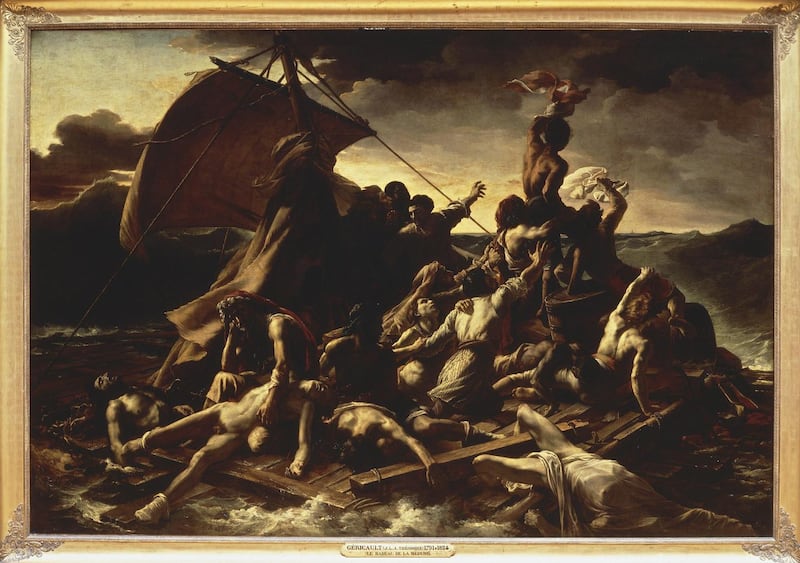
Ancient rulers in Mesopotamia and Mesoamerica commissioned art to line the walls of their palaces and temples. In Assyria Ashurbanipal reigned from 668 to 627 BCE. On the walls of his North Palace in Nineveh were relief sculptures of an epic lion hunt. Ashurbanipal appears multiple times, aiming his bow at a lion from a speeding chariot and stalking his prey on foot. Dead lions litter the floor, showing his domination over man and beast. Originally painted, these panels would have awed you into submission as you walked through torchlit halls towards the king himself. This is art as propaganda, the leader victorious whether it is Ashurbanipal over the lions or the Roman emperor Trajan against the Dacians on Trajan’s Column in Rome.
In Yaxchilan, in modern-day Mexico, Shield Jaguar II and his wife Lady K’ab’al Xook recorded her blood sacrifice on panels above the doors of a new temple in the eighth century CE. She pulled a rope barbed with volcanic glass through her tongue to offer blood to the gods. Her subsequent hallucinations confirmed Shield Jaguar II’s right to rule. These panels are now displayed in museums in London and Mexico City. They no longer mark the entrance to a sacred temple and their paint has long since flaked off. Yet these relief sculptures retain much of their power due to their richly detailed carving.
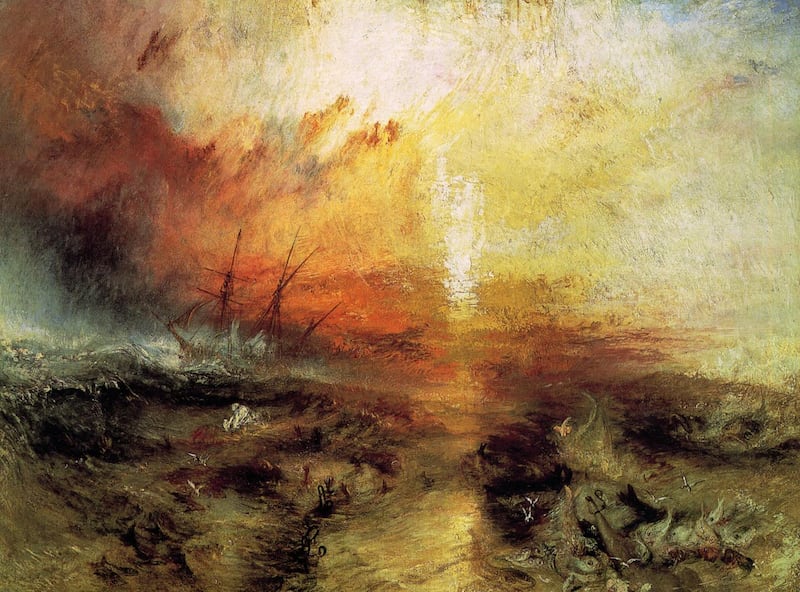
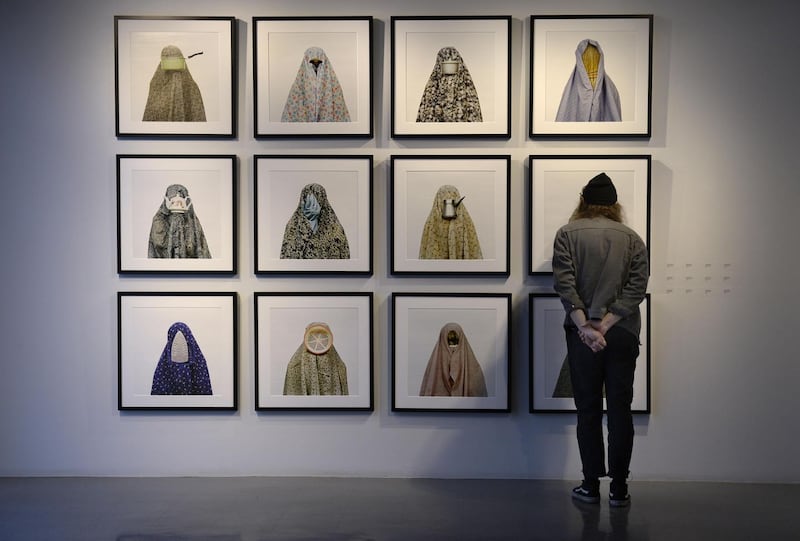
All faiths employed artists to decorate temples and further the word of their god or gods. Temples were carved out of rockfaces in India and China nearly 2,000 years ago, with paintings of Buddhist stories still visible on the walls.
In Damascus in Syria, Caliph al-Walid I commissioned the Great Mosque in 705 CE, employing Byzantine mosaic artists to conjure cities in gold to line the central courtyard while calligraphic panels, now lost, hung inside. The Islamic faith prohibits idolatry (the worship of painted religious figures) so calligraphic art conveyed the word of Allah instead.
In Germany the nun Hildegard of Bingen wrote the Scivias in 1142-52, an account of her divine visions that was accompanied by her detailed paintings. In one we see God speaking directly to her through tentacles of fire from above.
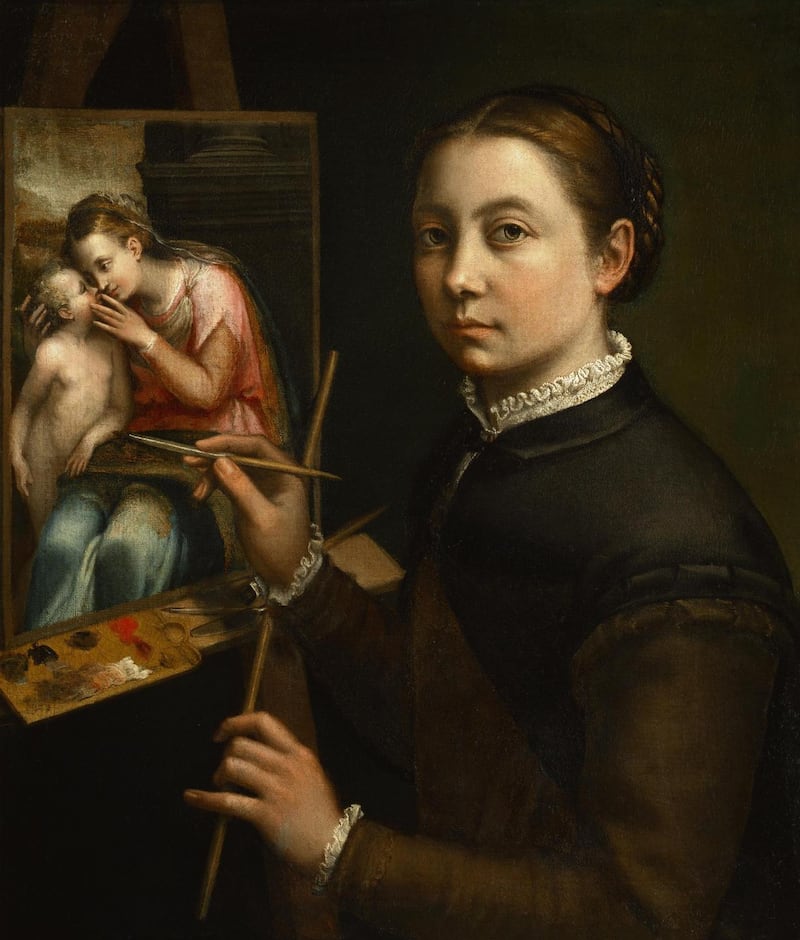
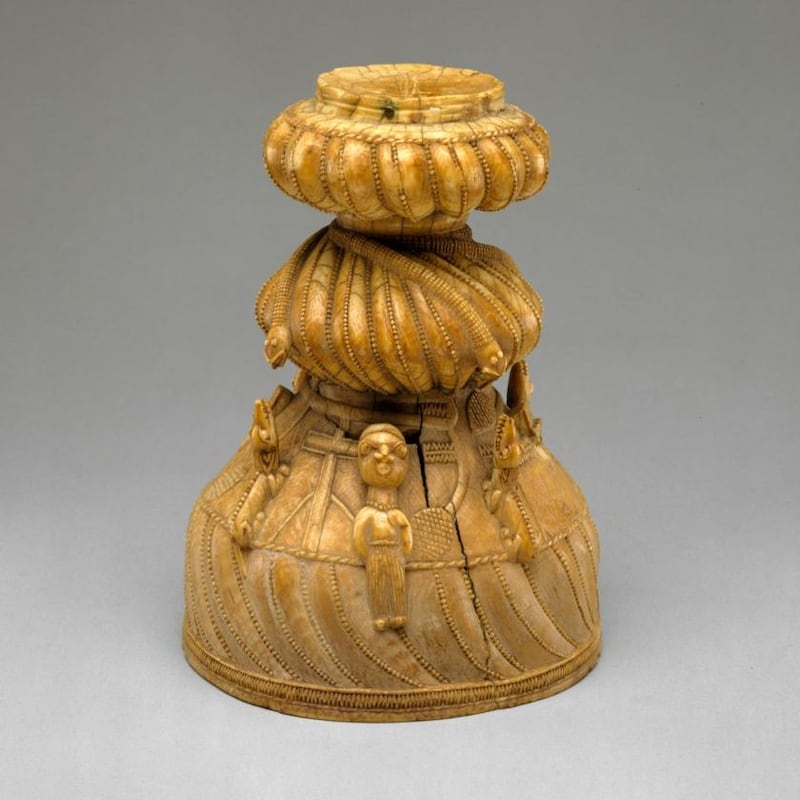
Religious art has also come under attack, such as Henry VIII’s notorious dissolution of the monasteries in the 16th century and the Taliban’s wanton destruction of the Bamiyan Buddhas in Afghanistan in 2001.
More recently artists have used art as a platform to expose society’s shortcomings. In 1819 Théodore Géricault painted The Raft of the Medusa in a frenzied nine-month period. It was a vast impassioned response to the abandonment of 150 crew and passengers from the shipwrecked Medusa by the captain when the ship ran aground off the coast of Senegal in 1816. Only 15 men survived.
In 1840 JMW Turner painted an atrocity that had happened 60 years earlier when a storm threatened the slave ship Zong as it made its way from Ghana to Jamaica. Slave Ship (Slavers Throwing Overboard the Dead and Dying – Typhoon Coming On) shows shackled slaves reaching up from the waves as a burning sun illuminates their plight. The captain of the Zong had thrown 130 sick slaves overboard – insurance could be claimed for those slaves lost at sea, not those lost to illness.
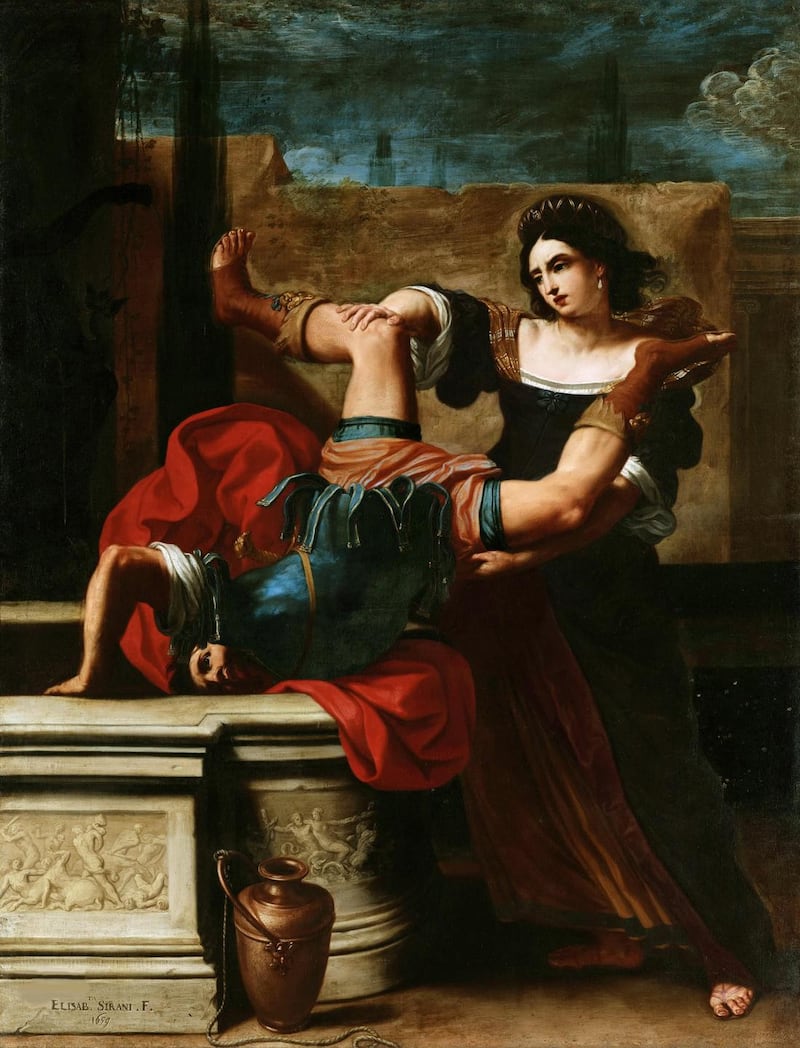
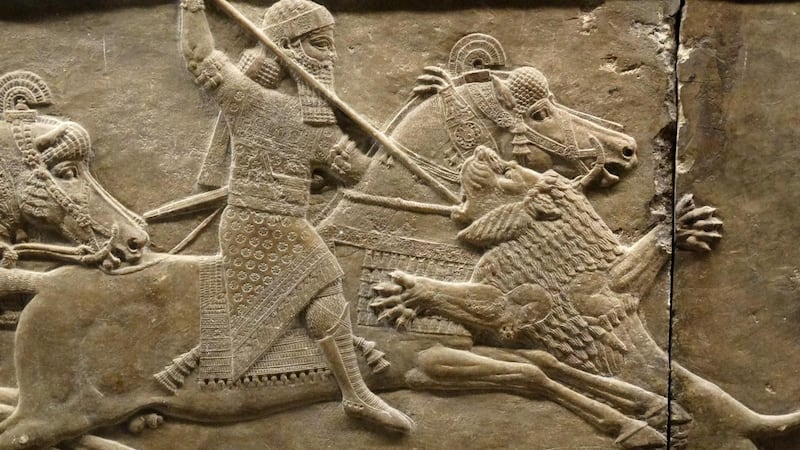
Contemporary artists including Ai Weiwei, Shirin Neshat and Willie Doherty continue to use art to communicate ideas about government oppression, surveillance and resistance in China, Iran and Northern Ireland respectively.
These examples highlight the power of art and some of the reasons why it matters. But art history matters too. In the telling of art’s story, or stories, we can bring to life all those who contributed to the rich artistic landscape of any one time. In my research for A Little History of Art I found that many artists who were highly regarded in their own lifetimes had been subsequently overlooked by the later narrators of art.
Sofonisba Anguissola worked at the court of Philip II in Spain, and was influential to younger artists, including Anthony van Dyck and Caravaggio, who sought her out and studied her work. Elisabetta Sirani founded an art academy in 1660 in her hometown of Bologna and ran her father’s art studio from the age of 16. Despite dying at just 27 she was buried with the same honours as Bologna’s greatest 17th century male artist Guido Reni.
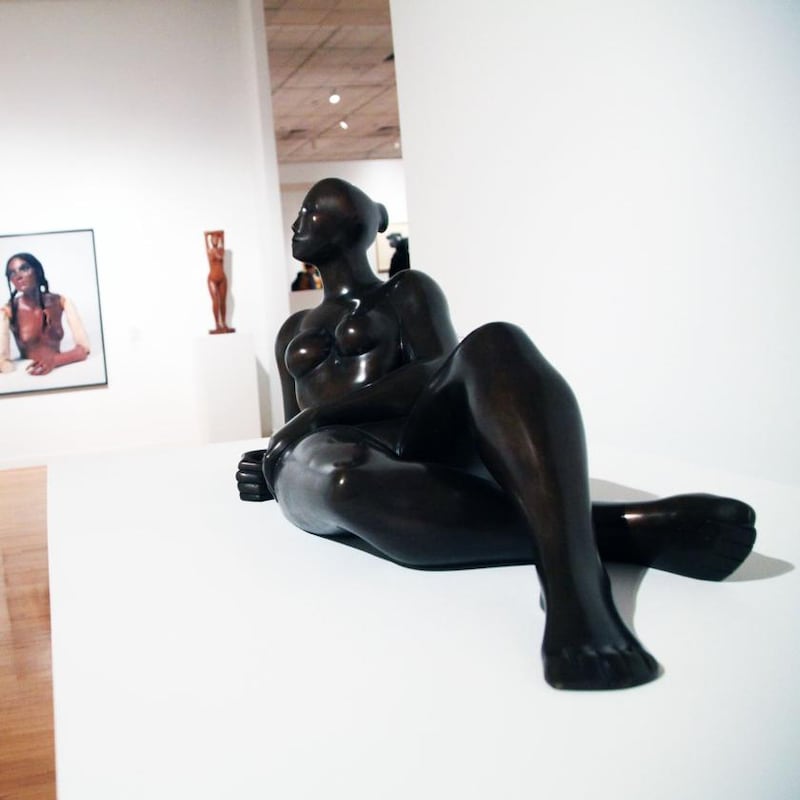

Mary Edmonia Lewis chose to live in Rome in the 1860s to escape the prejudice that marred her life in America. The daughter of an African-American father and a Native American mother, Lewis sculpted Forever Free two years after America finally abolished slavery. In her sculpture a man, still wearing shackles on his left arm, raises his fist to the sky as a woman prays by his side. Eighty years later Elizabeth Catlett exposed how prejudice continued to run deep in America. In her Black Woman series 15 powerful linocuts reveal the segregation and violence still being meted out against the black community.
Today many artists make works that explore the west’s imperial past, question gender expectations or highlight world issues such as climate change. These artists also help us take a fresh look at the art that lines the walls of our own museums.
Art’s power is such that A-list celebrities Beyoncé and Jay-Z set their 2018 music video Apeshit in the marbled halls of the Louvre in Paris. They highlighted previously overlooked aspects of the collection such as Marie Guillemine Benoist’s portrait of a black model called Madeleine from 1799 and the black sailor who waves a red flag on Géricault’s Raft of the Medusa. Their video energised the Louvre’s collection in a new and exciting way and resulted in a leap in visitor numbers by 25 per cent.
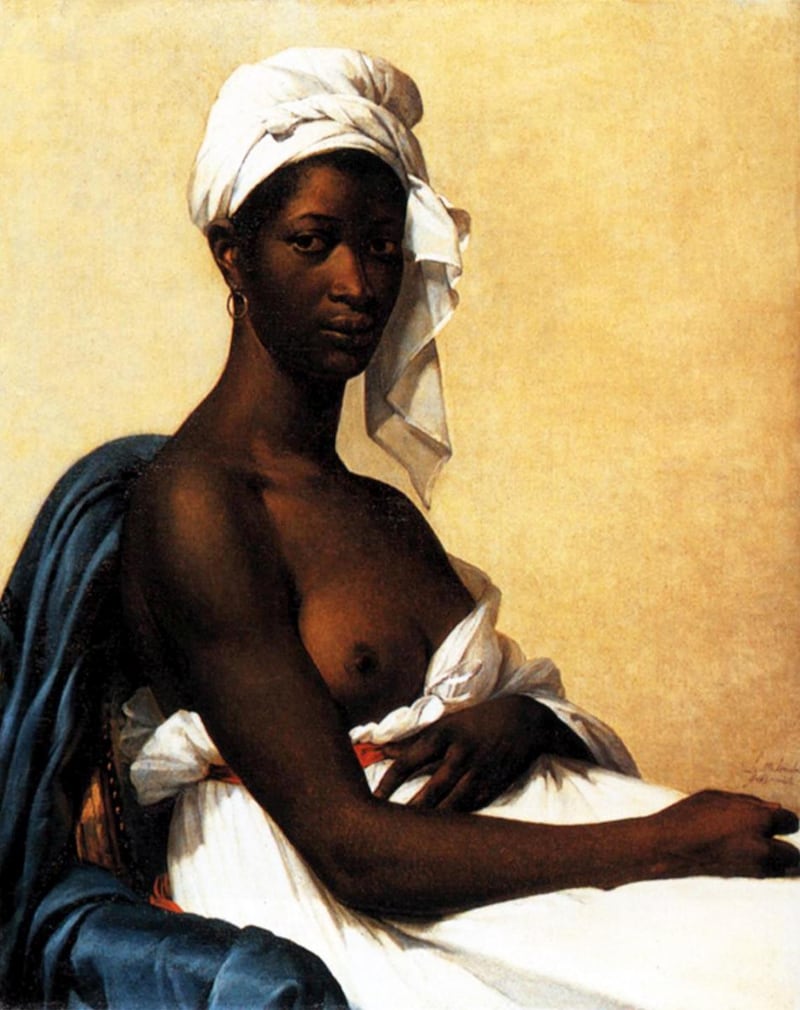
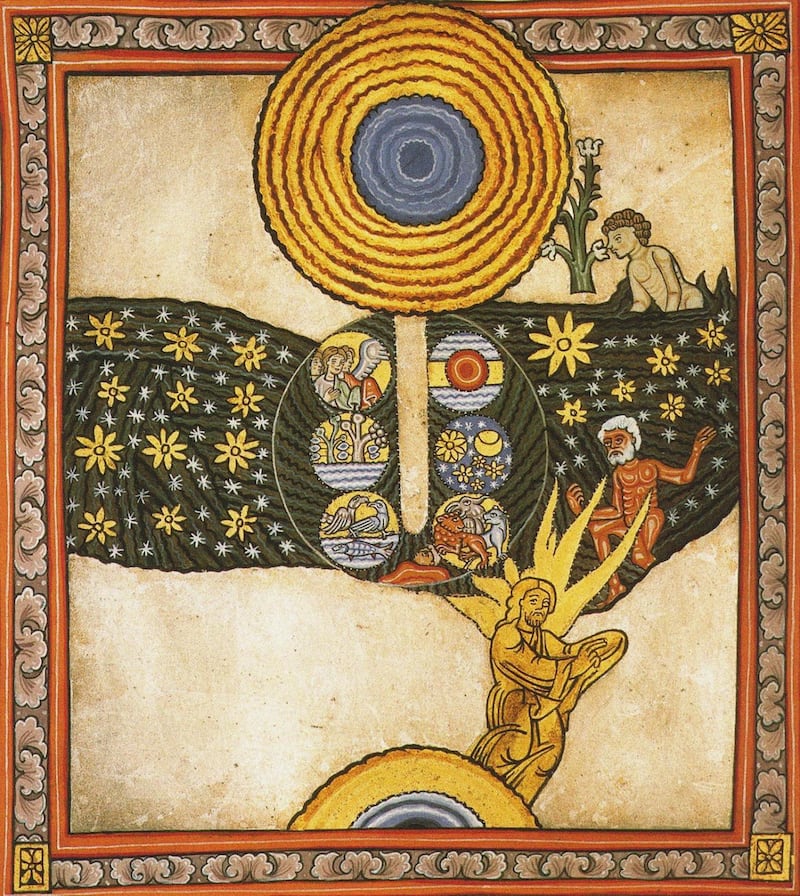
Looking at art anew doesn’t deny the beauty and power of the works we already know, but it adds exciting and fresh new angles that deepen our understanding of the breadth and range of art. And that can only be a good thing.
A Little History of Art by Charlotte Mullins is published by Yale University Press



















